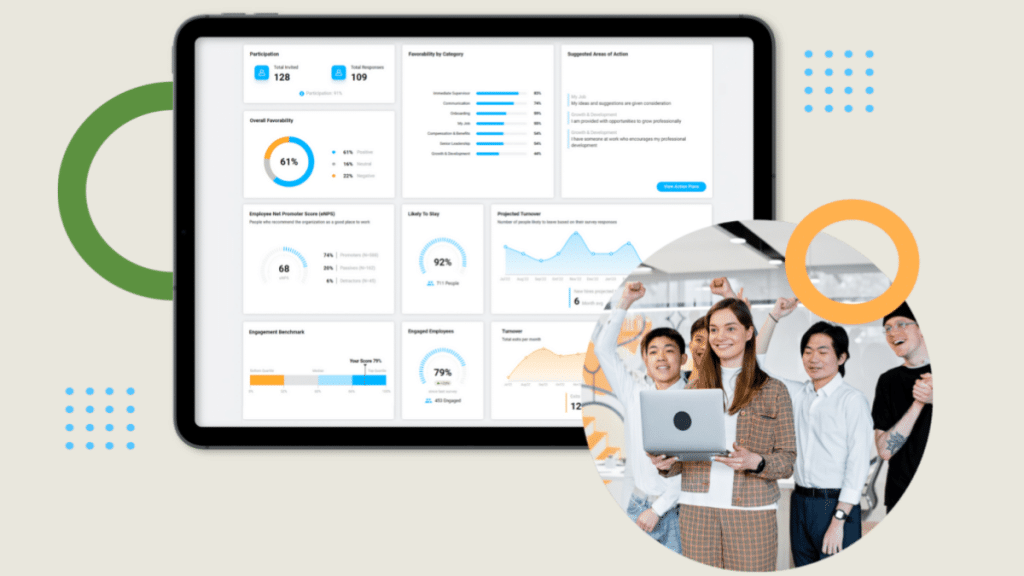Employee onboarding has a big impact on how a new hire feels about a company. A smooth and well-organized process helps them feel welcome and engaged, which in turn improves retention and productivity. Research shows that a well-planned onboarding experience can boost employee retention by 82% and increase productivity by over 70%. Despite this, many companies struggle with onboarding, with only 12% of employees saying their organization handles it well.
A mix of emails, physical documents, and various company portals can be overwhelming for new hires.Small companies’ human resources software can make onboarding easier, helping new employees feel organized and confident from day one. In contrast, larger companies tend to implement more robust HR software solutions with advanced automation, self-service portals, and integrations across multiple departments. These enterprise-level platforms enhance consistency, minimize paperwork, and free up HR teams to focus on creating a more personalized and engaging onboarding experience rather than getting bogged down in administrative tasks.
HR Software Simplifies Onboarding
Onboarding starts before an employee’s first day, helping them settle in before they even begin working. A good HR system, allows businesses to quickly set up new hires and give them access to self-service tools. Employees can input important details, review company policies, and complete paperwork ahead of time, making the process smoother for everyone.
Beyond paperwork, HR software helps new hires feel connected by providing access to company updates and introductions to team members. This virtual welcome gives them a sense of belonging and helps them get familiar with the company culture before they even start.
Keeping Everything in One Place
An all-in-one HR system serves as a central hub where new employees can find everything they need, from company policies to benefits, health and safety guidelines, and training materials. Instead of having to track down information across different platforms, they can easily find answers on their own.
HR software also makes it easier to handle administrative tasks like tracking timesheets, viewing payslips, and requesting time off. This gives employees more control over their work-related details while reducing the workload for HR teams and managers. For remote workers, having a centralized system is especially helpful since they can access everything without needing to visit an office.
Making Compliance and Communication Easier
HR software also helps businesses stay on top of compliance requirements. Automated workflows allow companies to send and receive signed documents digitally, ensuring all necessary paperwork is completed on time. Notifications and reminders can keep both employees and HR teams aware of outstanding tasks, such as training sessions or policy acknowledgments.
Additionally, HR platforms often include built-in communication tools that allow employees to ask questions, submit requests, or get clarification on policies—making it easier to stay connected and informed.
How HR Software is Shaping the Future of Onboarding
By using HR software, companies can simplify onboarding, making it easier for both new hires and HR teams. It also ensures compliance with employment laws and keeps employee information secure in one place.
For small businesses looking to improve their onboarding process, investing in human resources software can lead to a more organized, welcoming, and productive workplace.
Building a Positive Employee Experience from Day One
The onboarding process sets the tone for an employee’s journey with a company. A well-structured system that provides clear guidance and easy access to necessary resources can make new hires feel valued and supported. HR software helps companies personalize the onboarding experience by allowing customization of workflows, welcome messages, and role-specific training. By fostering a positive start, businesses can create a motivated workforce that feels connected from the beginning.
